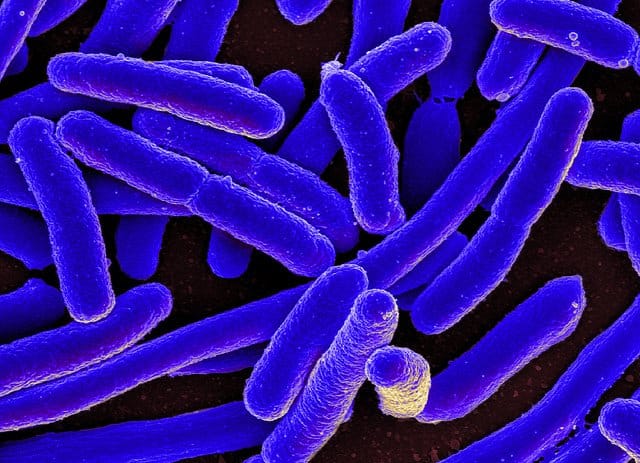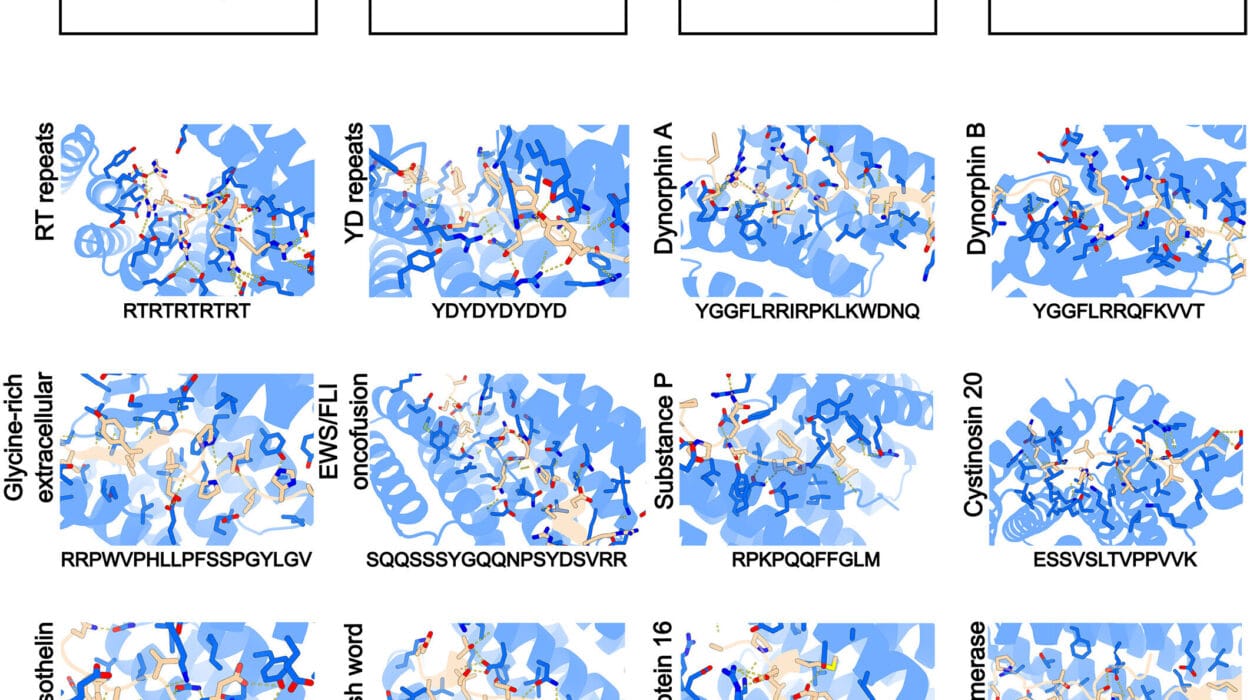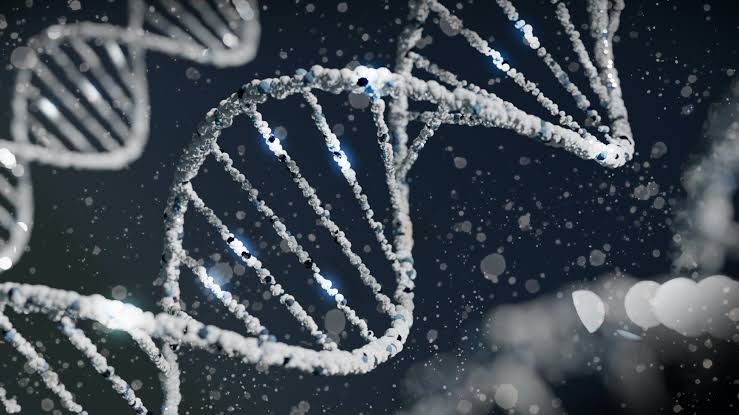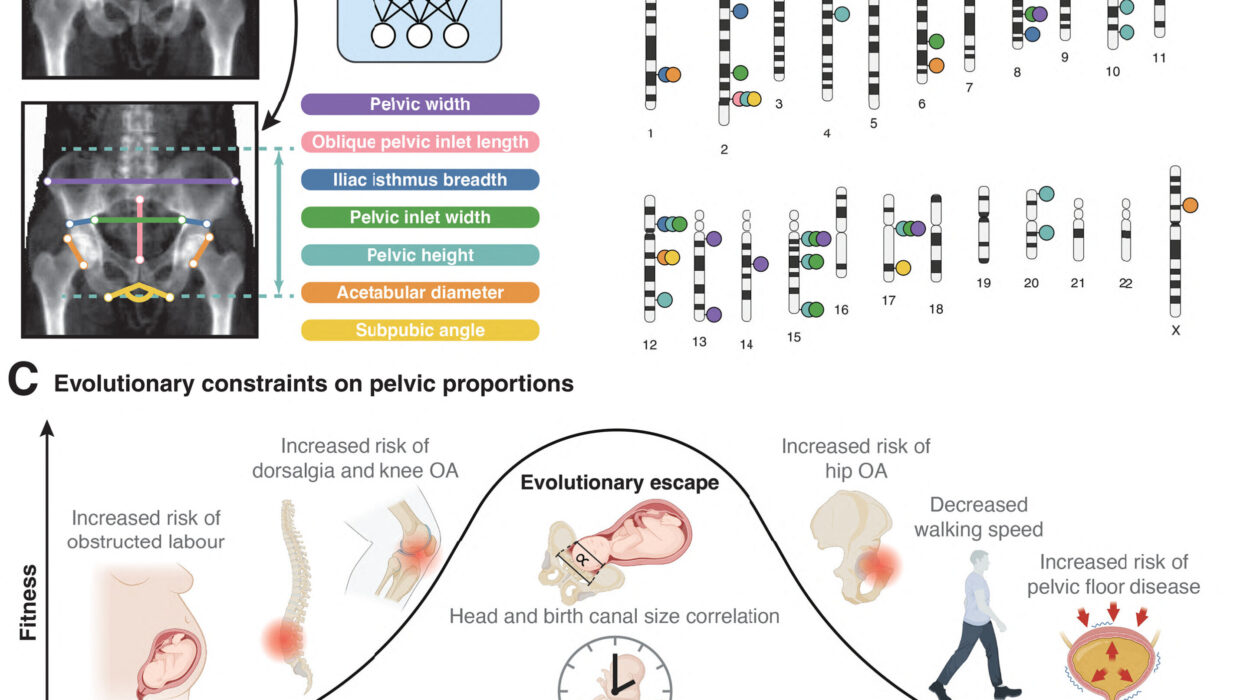Under the surface of every pond, beneath our fingernails, within the soil, and even inside our bodies, there exists an ancient and invisible world teeming with life. This is the world of bacteria—tiny, single-celled organisms that quietly shape the planet. Though invisible to the naked eye, bacteria possess astonishing power. They make up the majority of life’s biomass, influence ecosystems on a global scale, and are vital to everything from digestion to the carbon cycle. But what truly makes bacteria fascinating is their ability to multiply—quickly, efficiently, and almost endlessly—through a process called binary fission.
Unlike the complex, choreographed dance of sexual reproduction seen in higher life forms, bacterial reproduction is direct and strikingly efficient. With no need for partners or elaborate mechanisms, bacteria can double their numbers in minutes under the right conditions. At the heart of this process lies binary fission, a deceptively simple method of cellular division that sustains entire microbial communities and sometimes even tips the scales in global events, such as pandemics or environmental changes.
To understand how such microscopic organisms can exert such macroscopic influence, we must journey deep into their biology—into the elegant, streamlined process of binary fission.
What Is Binary Fission?
Binary fission is the asexual reproduction process by which a single bacterial cell divides into two genetically identical daughter cells. The term “binary” comes from the Latin word for “two,” and “fission” means “splitting.” Together, binary fission literally means “splitting in two.” But this simple definition belies the profound implications of the process. Binary fission is not just bacterial multiplication—it is evolution in fast forward, adaptation in action, and a living echo of life’s most ancient strategy for survival.
Most bacteria reproduce exclusively through binary fission. This strategy has allowed them to colonize nearly every environment on Earth, from volcanic vents and glacial ice to the human gut and stratospheric air currents. The speed and efficiency of binary fission also make bacteria powerful agents of change, both beneficial and harmful. Whether breaking down pollutants or causing infections, the ability of bacteria to replicate swiftly is at the core of their role in the biosphere.
The Cell Cycle of a Bacterium
Unlike human cells, which go through a well-defined cycle involving mitosis and often a form of sexual reproduction, bacteria follow a streamlined sequence of events. The bacterial cell cycle comprises four primary stages: cell growth, DNA replication, chromosome segregation, and cell division. Although these events are conceptually similar to those in eukaryotic cells, the mechanisms are far simpler, highlighting the evolutionary ingenuity of prokaryotes.
In the growth phase, the bacterial cell increases in size, synthesizing proteins, enzymes, lipids, and other materials needed for duplication. During this time, the cell also prepares its genetic material for duplication. Bacteria typically have a single circular chromosome—an efficient package of DNA containing all the instructions for life. This simplicity allows for rapid replication.
Once the cell is ready, it begins duplicating its DNA, a highly accurate process that ensures both daughter cells receive an exact copy of the genetic blueprint. DNA replication in bacteria starts at a specific location on the chromosome known as the origin of replication and proceeds in both directions until the entire loop is copied.
The next step—chromosome segregation—is less mechanical than in eukaryotes. There is no mitotic spindle or nuclear envelope. Instead, proteins help pull the replicated chromosomes to opposite poles of the cell, using the cell’s internal scaffolding and sometimes the help of the cell membrane itself. The final step is the division of the cytoplasm, known as cytokinesis, and the formation of a new cell wall that splits the original cell in two. This entire process, under optimal conditions, can take as little as 20 minutes in some bacterial species.
The Machinery Behind the Process
At the molecular level, binary fission relies on a cast of specialized proteins and enzymes that coordinate the intricate tasks of DNA replication and cell division. One of the key players is FtsZ, a tubulin-like protein that assembles into a ring at the future site of division. This “Z-ring” acts as a scaffold, recruiting other proteins that form the divisome, the complex responsible for pinching the cell in two.
As the divisome assembles, peptidoglycan—a molecule that gives bacterial cell walls their rigidity—is synthesized at the division site. This construction ensures that both daughter cells maintain their structural integrity. Enzymes called autolysins carefully cleave the existing cell wall to allow for expansion, while new materials are inserted. The timing and coordination of these events must be precise; any failure can result in cell death or incomplete division.
In the background, DNA polymerases copy the bacterial chromosome with remarkable fidelity, guided by accessory proteins that ensure the right sequence is reproduced at the right time. Meanwhile, topoisomerases prevent the DNA from becoming tangled during replication, and helicases unwind the double helix.
All these molecular interactions are conducted without a nucleus, without organelles, and with fewer moving parts than in eukaryotic cells. It is a testament to evolutionary efficiency that such a compact system can replicate life so effectively.
Binary Fission and the Rapid Rise of Populations
The impact of binary fission becomes most apparent when considering its exponential potential. Under ideal conditions, a single bacterium can become billions in just a few hours. For instance, if a bacterium divides every 20 minutes, after 6 hours, one cell will have become over 64 million.
This capacity for exponential growth explains why bacterial infections can become dangerous so quickly and why food left unrefrigerated can spoil in a matter of hours. It also explains how antibiotic resistance can spread rapidly in a bacterial population—because every division is also a chance for a mutation, an error in the DNA sequence that could confer an advantage or new trait.
But unchecked bacterial growth is rare in nature. Environmental limitations—such as nutrient availability, competition, temperature, and host defenses—create a natural cap on population size. In laboratory conditions, scientists describe bacterial growth in phases: lag phase, exponential (log) phase, stationary phase, and death phase. The exponential phase is where binary fission shines brightest, producing rapid increases in population size before external constraints slow the process.
Mutation and Evolution Through Binary Fission
Although binary fission produces genetically identical cells, bacteria are still champions of adaptation. Errors during DNA replication—though infrequent—introduce genetic variation. Most of these mutations are neutral or harmful, but occasionally, a mutation provides a benefit, such as resistance to an antibiotic, better nutrient absorption, or survival in extreme conditions.
Because bacteria reproduce so quickly, these beneficial mutations can sweep through populations at astonishing speeds. In a sense, binary fission is evolution accelerated. It allows bacteria to adapt to new environments far faster than sexually reproducing organisms can.
Additionally, bacteria have clever mechanisms for increasing their genetic diversity, even without sexual reproduction. Processes such as transformation (taking up DNA from the environment), transduction (transfer of DNA by viruses), and conjugation (exchange of DNA through direct contact) enable bacteria to share genes and traits. These gene exchanges, coupled with binary fission, drive the rapid evolution of bacterial communities.
Binary Fission in Different Bacterial Species
While the core mechanics of binary fission are conserved across most bacterial species, variations exist. Some bacteria, like Bacillus subtilis, form endospores during harsh conditions—a dormant, resilient form that can later germinate and resume binary fission. Others, like Caulobacter crescentus, undergo asymmetric division, producing two daughter cells with different shapes or functions.
Some marine bacteria divide in unusual ways, forming chains or branching filaments. Others, like Mycobacterium tuberculosis, have slow division rates, taking 18–24 hours per cycle—part of what makes the disease difficult to treat.
Even more complex are species like Epulopiscium fishelsoni, a giant bacterium found in fish intestines, which reproduces by forming internal offspring rather than dividing symmetrically. These variations show that even within the simplicity of binary fission, evolution has found room for creativity.
Implications for Medicine and Biotechnology
Understanding binary fission has profound implications for human health and technology. Antibiotics often target the machinery involved in bacterial reproduction, such as enzymes needed for cell wall synthesis or DNA replication. Drugs like penicillin work by interfering with peptidoglycan formation during cell division, causing the bacteria to rupture. Other antibiotics disrupt the DNA copying process or prevent proteins like FtsZ from assembling.
But bacteria, ever adaptable, can evolve resistance. Studying the details of binary fission helps scientists stay ahead of this evolutionary arms race. By identifying new targets in the division process or understanding how resistance arises, researchers can design better antibiotics and treatment strategies.
Beyond medicine, binary fission is essential to biotechnology. Bacteria like Escherichia coli are used in industrial fermentation, genetic engineering, and drug production. Their ability to multiply rapidly and predictably makes them ideal factories for producing insulin, enzymes, and vaccines. In synthetic biology, scientists are now engineering bacterial division itself—reprogramming cells to grow under specific conditions, produce specific proteins, or even die at predetermined times.
The Ethical Dimension of Controlling Reproduction
As our control over bacterial reproduction grows, so does our responsibility. The same power that allows us to harness bacteria for good can also be misused. Genetic modifications, antibiotic overuse, and bioterrorism are real concerns. The exponential nature of binary fission means that even a small error can escalate rapidly.
This raises ethical questions: Should we release genetically modified bacteria into the environment? How do we balance the need for stronger antibiotics with the risk of resistance? How far should we go in manipulating the most fundamental process of life?
Answering these questions requires not just scientific insight, but wisdom, caution, and global cooperation. Binary fission is a powerful tool—and like all powerful tools, it must be handled with care.
A Reflection on Simplicity and Power
In a world captivated by complexity, binary fission offers a profound lesson: simplicity can be powerful. One cell becomes two. Two become four. And from there, life expands—unfolding in billions, transforming ecosystems, shaping health and disease, and driving evolution itself.
Though bacteria lack the consciousness or complexity of higher life forms, they exemplify some of biology’s deepest principles. They survive, adapt, and endure through one of nature’s most elegant strategies. In the quiet act of splitting, they write the history of life again and again.
The next time you look at a patch of soil, a droplet of pond water, or even your own skin, remember this: a drama of division is unfolding every second, unseen but vital. Through binary fission, bacteria live not only for themselves but for the planet—and in some ways, for us all.






